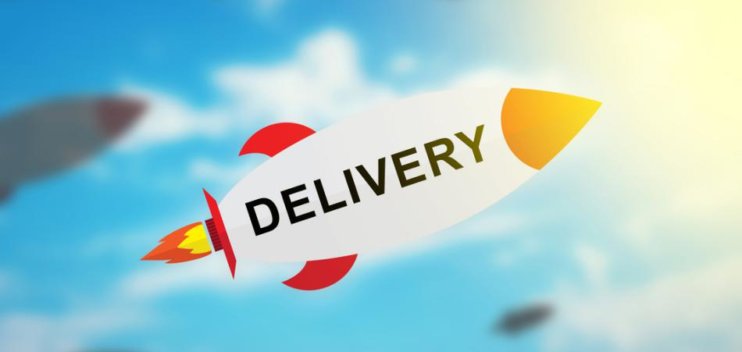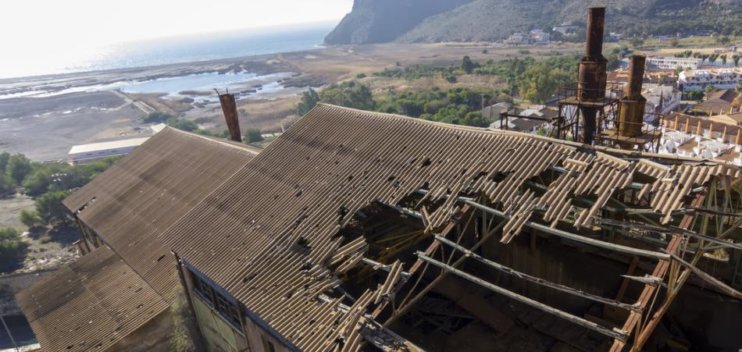Review your supply chain performance measures. Performance measurement at department level is often locally focused, without links to performance of the wider organisation or events outside the business. My previous blog discussed ‘you behave how you are measured’ and noted that performance measurement can be debased. Managers (and their staff) can ‘tick the box’ while hiding behind what appears to … Read More
In Supply Chains we behave how we are measured
A perfect system goes wrong. Keeping your job, passing a performance review or gaining a promotion all require that you have at least met corporate performance requirements and adhered to the rules regarding how processes should be done. Problems occur when the performance requirements do not match the process; do you achieve the performance requirements or adhere to the process? … Read More
Supply Chains investments – in technologies or people?
Technologies and their applications. The three main functions of an organisation’s Supply Chains are Procurement, Operations Planning and Logistics. To improve the performance and productivity of supply chains, technology investments are made and typically justified within a capital expenditure (Capex). The requirement is for the investment to exceed the organisation’s return on investment (ROI) ‘hurdle’ rate. The justification process places … Read More
Electric powered vehicles and ‘last mile’ deliveries
Internal combustion engine has a limited life. Managing transport in an effective and efficient manner is a core requirement of an enterprise selling goods. While the physical part of transport operations will be undertaken by either a 3PL organisation or the in-house transport department, developing and implementing the strategy is a role for your supply chain group. Among the reasons … Read More
Changes that could be critical to your supply chains
Change is not just technologies. Three recent events emphasise that changes to supply chains over the next 10 – 15 years are unlikely to be driven by new technologies. Instead change will come from economic, political and environmental events and movements. The first event (economic) was an update about the three main shipping container alliances. These influence close to 80 … Read More





